As I headed to Venice, I had high expectations about what I would see, learn, and experience there. In the lead-up to the opening, Adriano Pedrosa, the curator of the 2024 Biennale, signaled clearly that he would be setting precedents. Like a lot of collectors, to prepare for the trip I combed through the list of more than 300 participating artists in search of names familiar to me and those I did not know but who might be of interest as well as a fit for our collection. That exercise provided a robust opportunity for contemplation that I had only previously experienced to the same extent in 2015 during Okwui Enwezor’s Biennale, “All the World’s Futures.”
An immediate takeaway from this year’s edition, titled “Foreigners Everywhere,” was that one of Pedrosa’s key decisions placed me in very familiar territory. I was moved that roughly half the works being presented were by artists who are no longer living. Sadly, many important artists of color and those from marginalized communities remained relatively unknown during their lifetime. This has been the case for so many Black artists at the core of our collection that this fact defines the substance of our collecting mission, which is to correct that erasure. The art world is acculturated to the notion that biennials should highlight new narratives but seems to presume that those artists must also be living and relatively young. “Foreigners Everywhere” proposes boldly that deceased artists can also be emerging artists, and those careers deserve a full evaluation. I applaud Pedrosa for making that brave choice. It will facilitate the writing of a fuller and truer art history.
When I arrived on Tuesday, my plan was to focus on the exhibition’s two main sections, the Giardini and the Arsenale. I knew I had a lot of learning to do. Very early in my visit I experienced one of the highlights of my week in Venice: the Giardini gallery devoted to abstraction was stunning. Friends I encountered in the space described it as a place of joy and discovery. I found the central installation by the Brazilian artist Ione Saldanha and works by the artists of the Casablanca School to be especially compelling. At this juncture I noticed something else that was unusual, maybe a first.
Every label and wall text had an acknowledged author. It takes a generosity of spirit, a level of professional confidence, and something as mundane as well-honed managerial skill to share the limelight that is the Venice Biennale. The long-term implications are significant. As institutions work to achieve more equity, who is enabled to shape and write art history matters. To witness a group of young curators collaborating on the Venice Biennale with a level of agency was inspiring. Empowering the next generation to work on a project of this complexity and importance could serve as a model for how other institutions might go about identifying, cultivating, and attracting highly qualified scholars from a range of backgrounds to create a more inclusive canon.
I was especially excited to see the work done by Amanda Carneiro, assistant curator at the Museu de Arte de São Paulo (MASP), Pedrosa’s home institution. Over the past few years, as I have worked to grow our collection of Black Brazilian artists, I have gotten to know and build regard for Carneiro. For approximately the last decade, she has done important curatorial work first at the Museu Afro Brasil and then at MASP, working on exhibitions like “Afro-Atlantic Histories” and solo shows for artists like Sonia Gomes and Abdias Nascimento.
She is a leading expert on the Pan-African movement. Carneiro is also likely to be the first Black woman to play a role in the curatorial construct of the Giardini and the Arsenale since the inception of the Biennale 130 years ago. Being the first has both benefits and burdens. Given her scholarly expertise, professional experience, and talent, I join Carneiro’s many admirers to note that it will be a pleasure to see all she accomplishes in the future.
I revisited the Giardini and Arsenale every day that I was in town after the opening. I selected different sections that I wanted to view in more depth. Two favorites included artists already in our collection. I really enjoyed seeing a sizable grouping of Rubem Valentim’s best works. Additionally, the monumentality of Lauren Halsey’s presentation, outside the Arsenale, was a high point of a young career already characterized by great achievement.

One recurring impression throughout my various visits was the elegance of the installation. The exhibition featured many textile works. They were affixed to stretched canvases instead of being hung in a more typical freestanding way. This gave the look of the individual works, as well as the aesthetic of the whole exhibition, a higher degree of formality. My assumption about this approach is that visitors were being asked to consider these works in a traditional institutional setting and all that the museum context implies.
Everything I saw Tuesday through Friday was influenced by the way in which I began my week in Venice. My husband, Fred Giuffrida, and I arrived in time to host a Sunday night dinner on behalf of Pedrosa to honor all the artists exhibiting in the central pavilions. What unfolded was a magical evening. This was also a Biennale first. The excitement of the artists, young and old, experienced and emerging, was palpable. While many of them had seen each other in passing during installation, this was an opportunity to engage more deeply, to learn from each other, and to share the experience. And, to top it all off, Mark Bradford stopped by to offer words of praise for his friend, Adriano, and words of encouragement to a deeply appreciative audience of more than 100 artists. It was nothing less than the experience of a lifetime.
I am an enthusiast of Adriano Pedrosa’s “Histórias” exhibition series at MASP. These well-researched shows and dense catalogs are the comprehensive raw material for many multifaceted, neglected, and interrelated art histories. A number of these histories emanate from the Global South. What I believe I saw in Venice was a distillation of that long-term encyclopedic research led by a curator in full command of his subject matter. What I hope happens with a history this vast and previously overlooked is that curators, collectors, and critics today and in the future continue this path of discovery, exploration, and institutional contextualization. The key impediment to institutionalizing these histories is now a well-told tale. Isolating the makers and their narratives precludes them from developing deep institutional roots. As a result, “discovery” must then reoccur. Sometimes this process takes decades or longer. The cycle is a vicious one that I hope does not repeat itself with today’s deserving but underappreciated artists. This Venice Biennale gives us a roadmap to how institutions and individuals can incorporate these new narratives into so many different contexts and put them in direct dialogue with each other as well as with better-known stories.
It is a privilege to observe consummately talented professionals in any field at the height of their careers. When people with talent get in the zone and deliver their best, observers not only see and hear it, they also feel it. This is the phenomenon that makes you stand up and cheer at a football game or sob during an aria. These are moments when high levels of skill mix with years of experience and can be catalyzed by a specific circumstance. Financiers do the deals of a lifetime, lawyers craft their best arguments, ballerinas do 34, not the requisite 32, fouetté turns, and curators do what Adriano Pedrosa did in “Foreigners Everywhere”: they create something new that can make and change art history. Bravo (and I am standing).
A version of this article appears in the 2024 ARTnews Top 200 Collectors issue.

The post “Collector’s Diary: Pamela J. Joyner Reflects on a Week of Firsts at the 2024 Venice Biennale” by Maximilíano Durón was published on 10/14/2024 by www.artnews.com


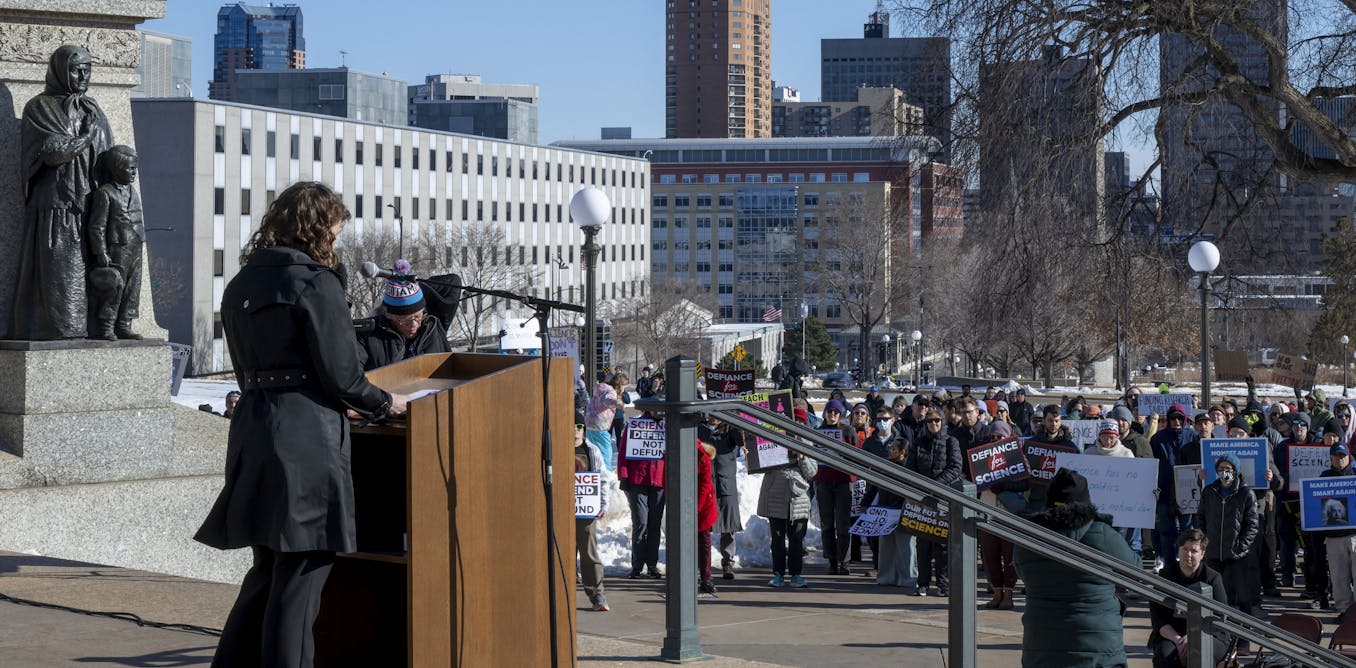





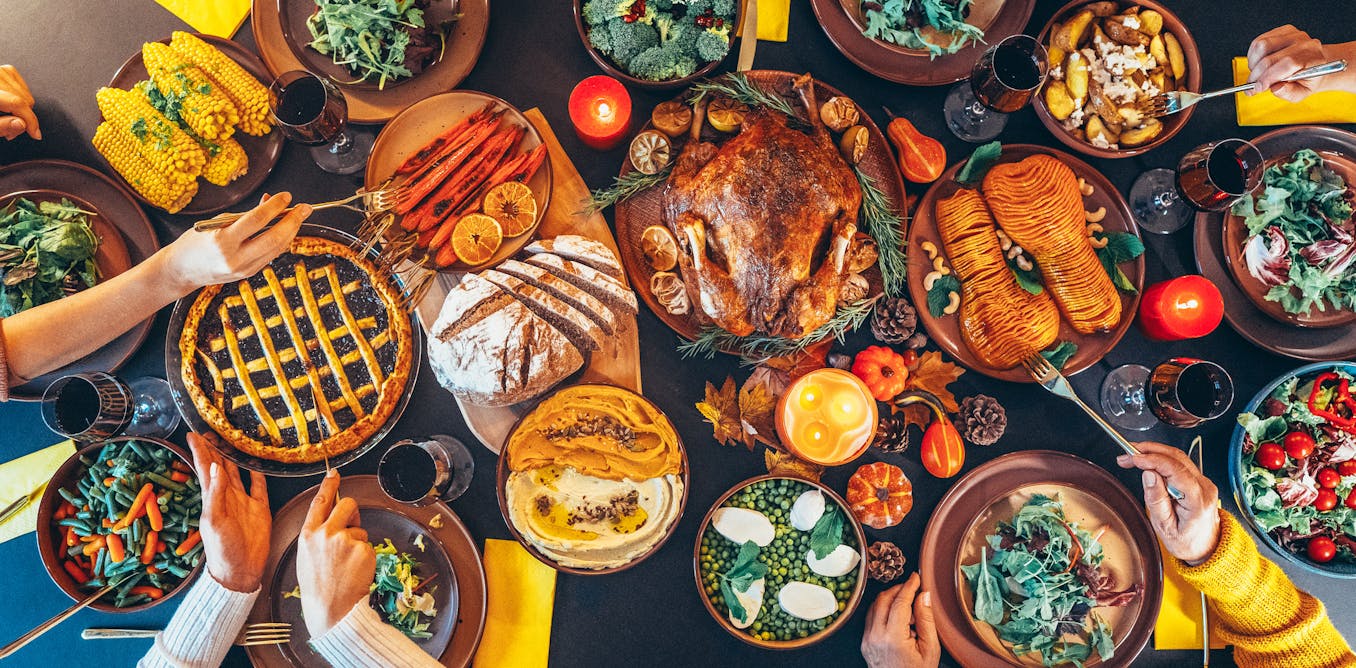

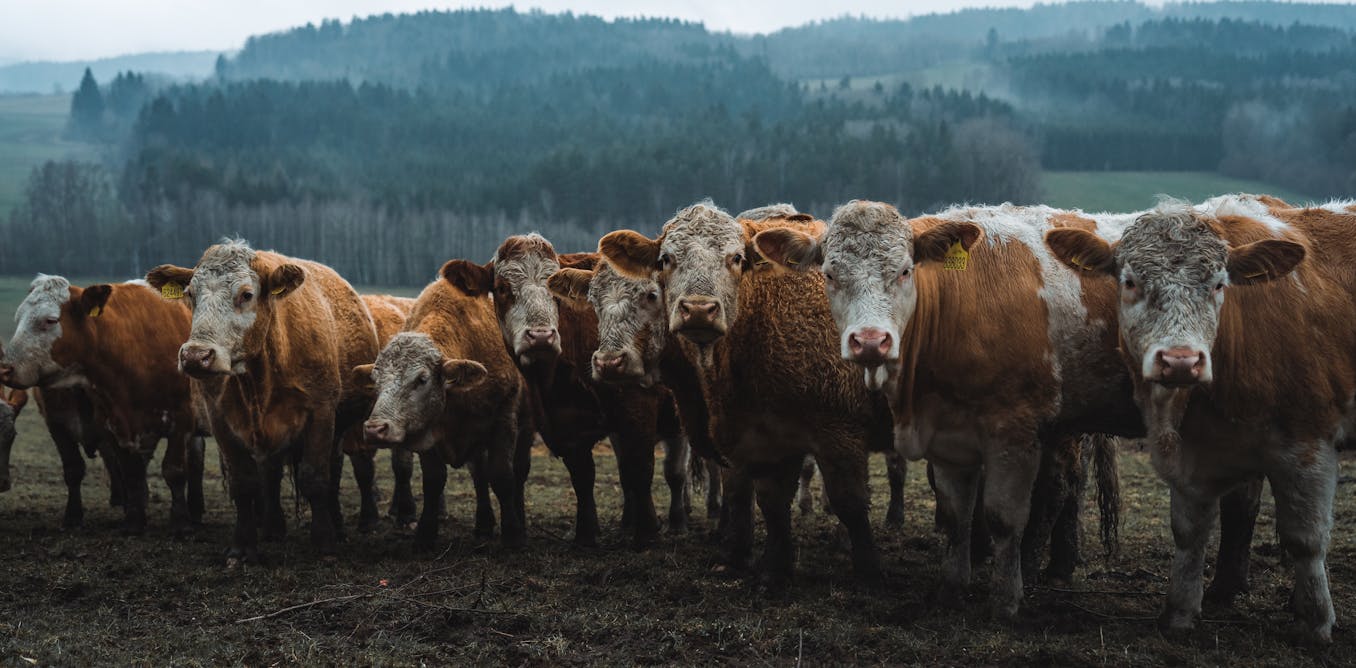
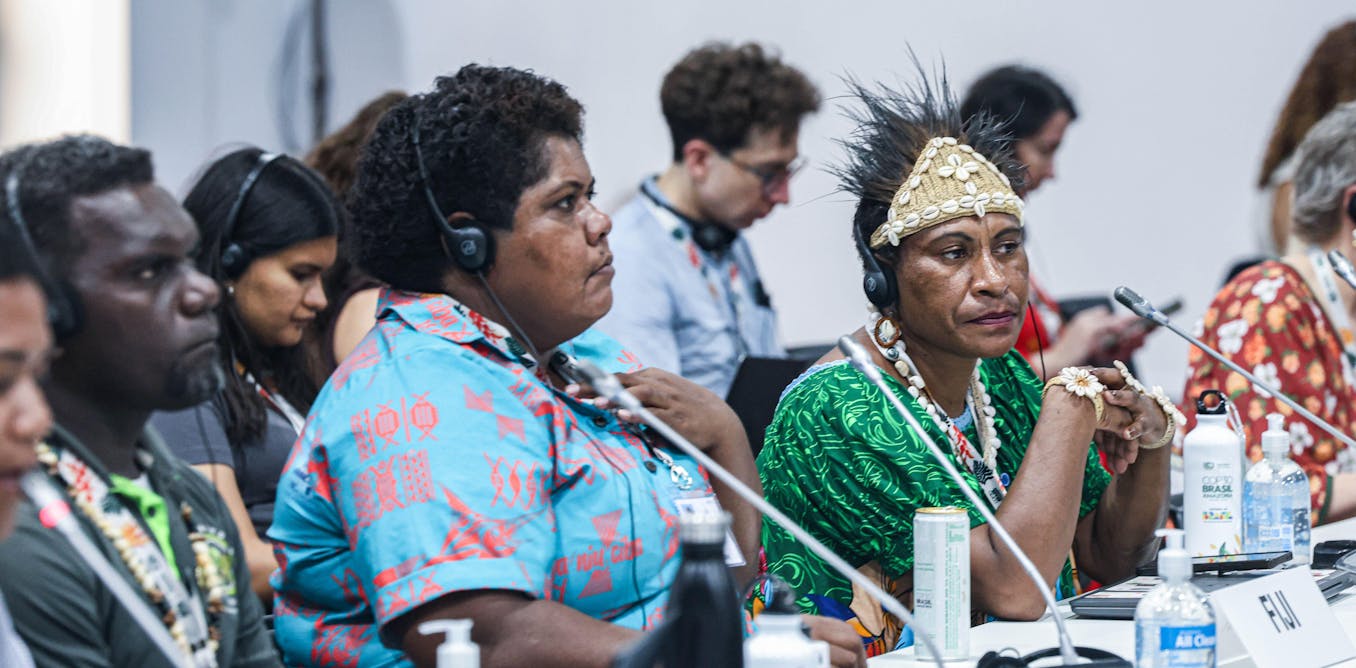
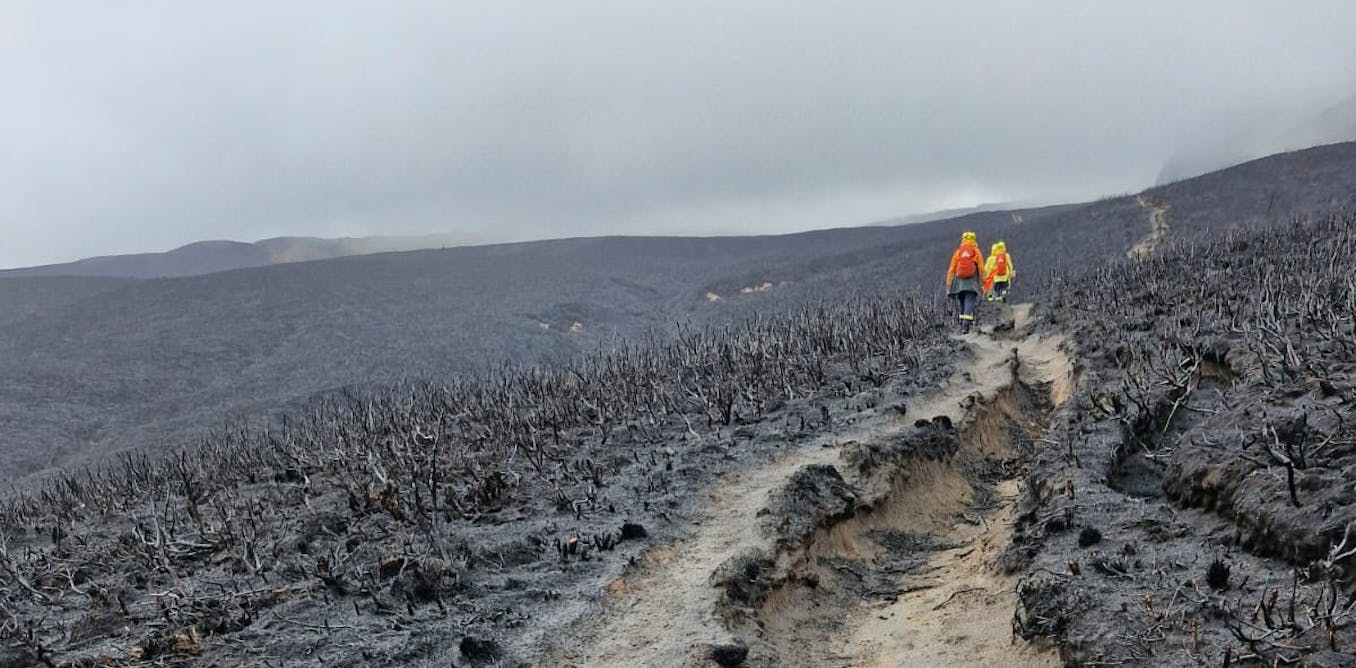























Leave a Reply